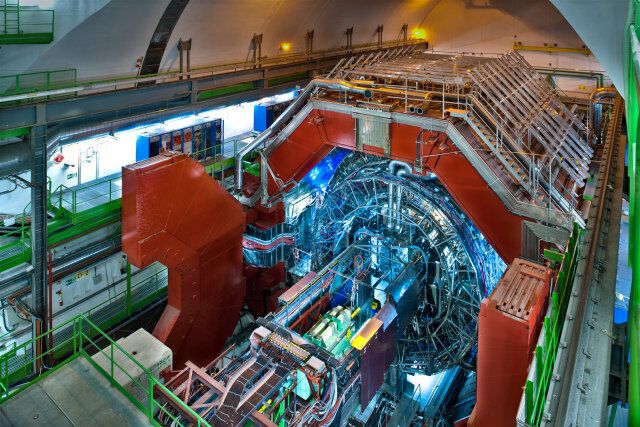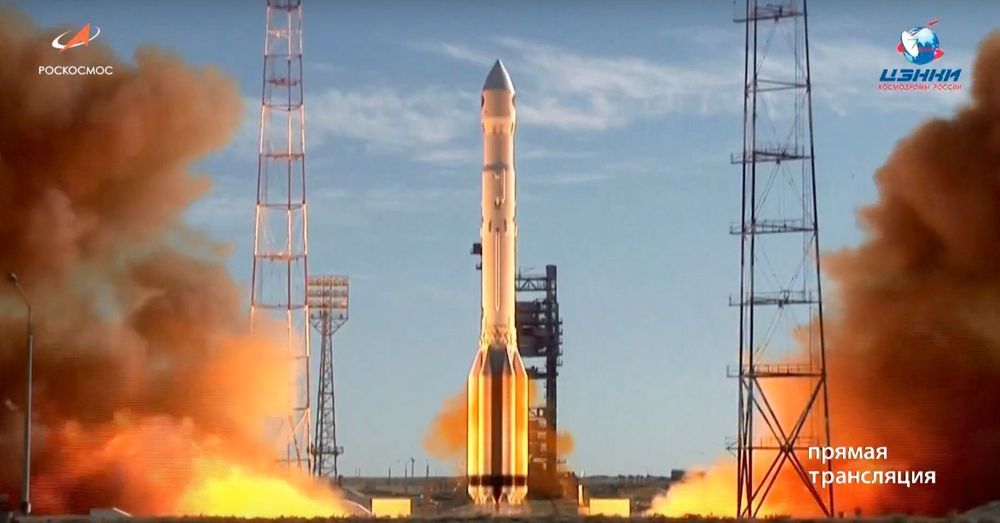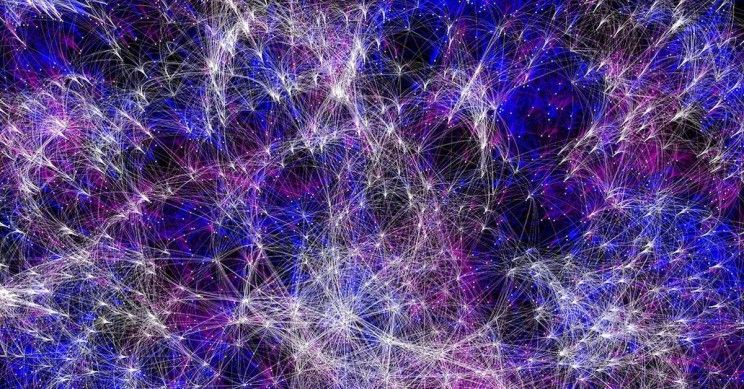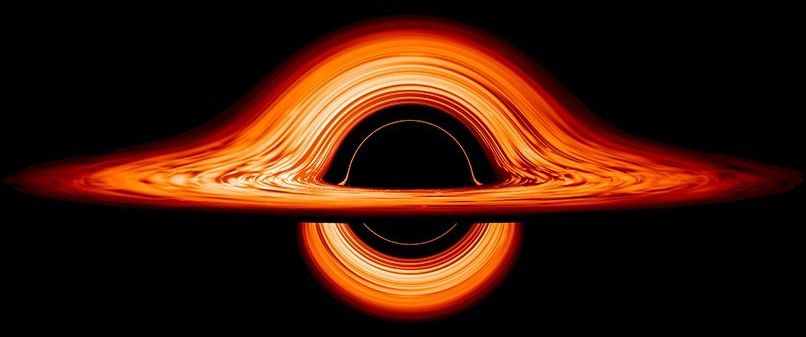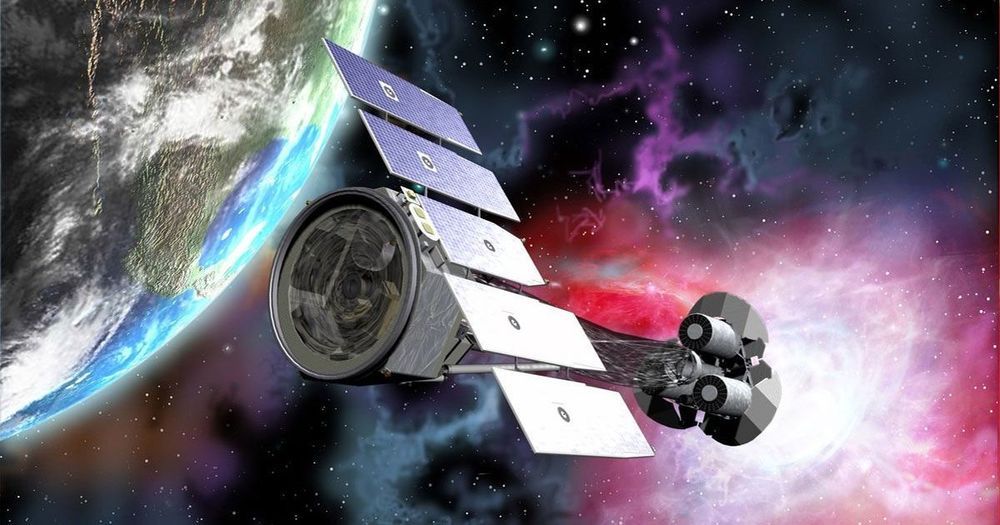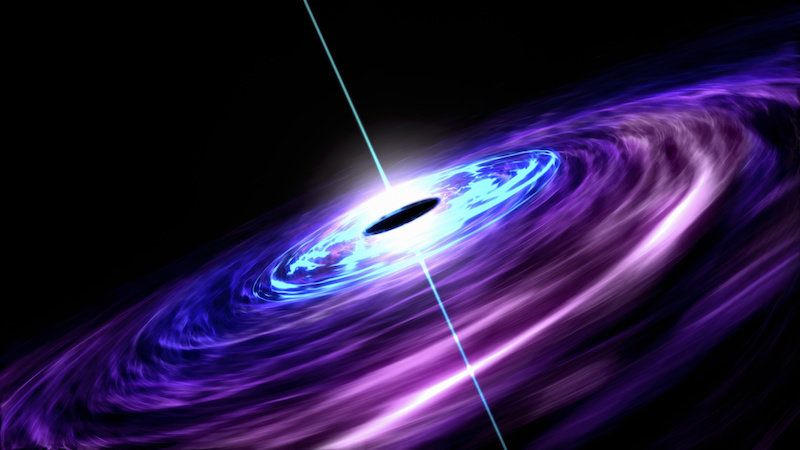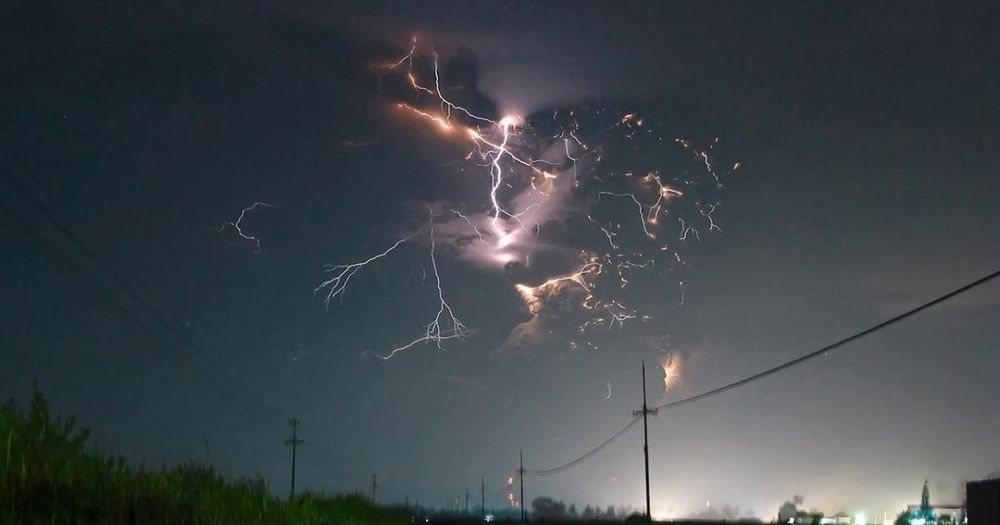You can amplify light by bouncing it between the horizons of a black hole and a white hole. Now physicists have worked out how to build such a device in the lab.
Archive for the ‘cosmology’ category: Page 339
Jul 22, 2019
The Universe’s First Type of Molecule Is Found at Last
Posted by Quinn Sena in categories: chemistry, cosmology, particle physics, transportation
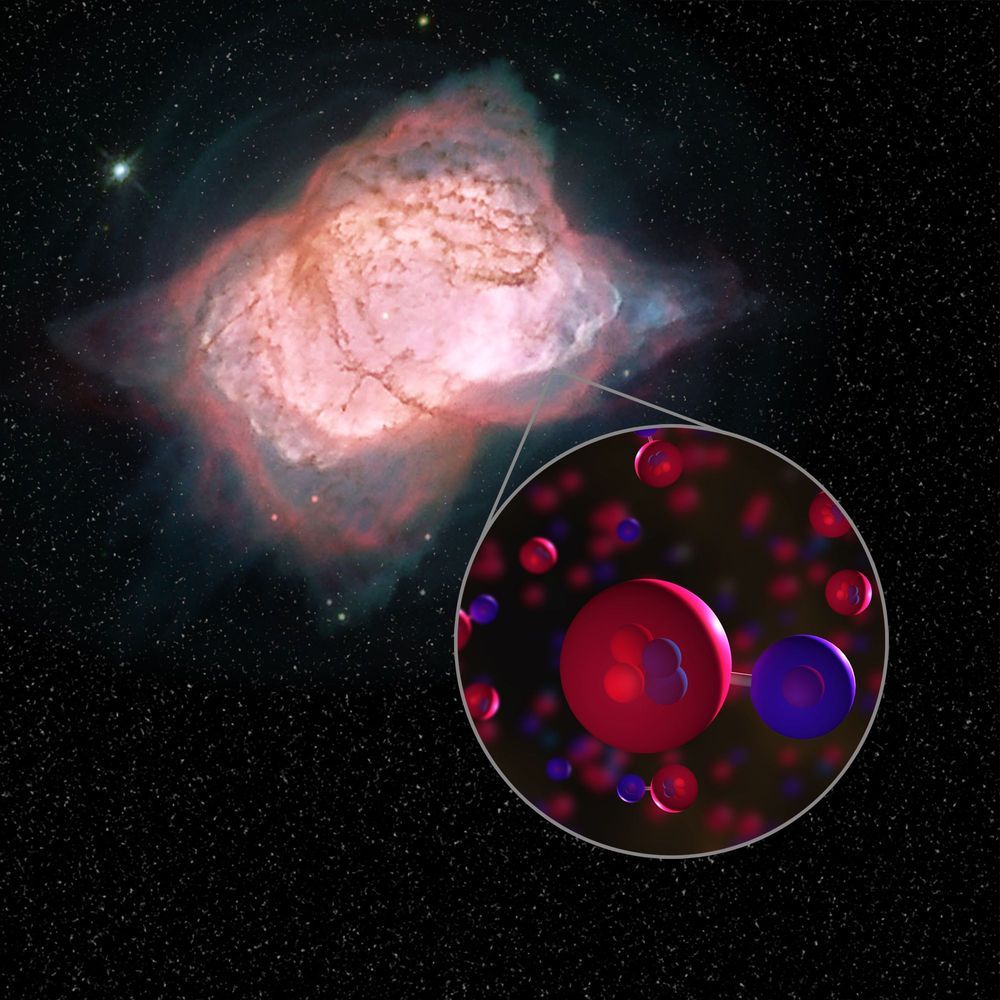
Making a replicator from this could make something that could create almost anything :3.
The first type of molecule that ever formed in the universe has been detected in space for the first time, after decades of searching. Scientists discovered its signature in our own galaxy using the world’s largest airborne observatory, NASA’s Stratospheric Observatory for Infrared Astronomy, or SOFIA, as the aircraft flew high above the Earth’s surface and pointed its sensitive instruments out into the cosmos.
Continue reading “The Universe’s First Type of Molecule Is Found at Last” »
Jul 19, 2019
Could vacuum physics be revealed by laser-driven microbubbles?
Posted by Quinn Sena in categories: cosmology, particle physics
A vacuum is generally thought to be nothing but empty space. But in fact, a vacuum is filled with virtual particle-antiparticle pairs of electrons and positrons that are continuously created and annihilated in unimaginably short time-scales.
The quest for a better understanding of vacuum physics will lead to the elucidation of fundamental questions in modern physics, which is integral in unraveling the mysteries of space, such as the Big Bang. However, the laser intensity required to forcibly separate the virtual pairs and cause them to appear not as virtual particles but real particles would be 10 million times higher than current laser technology is capable of. This field intensity is the so-called Schwinger limit, named a half-century ago after the American Nobel laureate Julian Schwinger.
In 2018, scientists at Osaka University discovered a novel mechanism that they called a microbubble implosion (MBI). In MBIs, super-high-energy hydrogen ions (relativistic protons) are emitted at the moment when bubbles shrink to atomic size through the irradiation of hydrides with micron-sized spherical bubbles by ultraintense, ultrashort laser pulses.
Jul 17, 2019
Bottomonium particles don’t go with the flow
Posted by Quinn Sena in categories: cosmology, evolution, particle physics
A few millionths of a second after the Big Bang, the universe was so dense and hot that the quarks and gluons that make up protons, neutrons and other hadrons existed freely in what is known as the quark–gluon plasma. The ALICE experiment at the Large Hadron Collider (LHC) can recreate this plasma in high-energy collisions of beams of heavy ions of lead. However, ALICE, as well as any other collision experiments that can recreate the plasma, cannot observe this state of matter directly. The presence and properties of the plasma can only be deduced from the signatures it leaves on the particles that are produced in the collisions.
In a new article, presented at the ongoing European Physical Society conference on High-Energy Physics, the ALICE collaboration reports the first measurement of one such signature—the elliptic flow—for upsilon particles produced in lead–lead LHC collisions.
The upsilon is a bottomonium particle, consisting of a bottom (often also called beauty) quark and its antiquark. Bottomonia and their charm-quark counterparts, charmonium particles, are excellent probes of the quark–gluon plasma. They are created in the initial stages of a heavy-ion collision and therefore experience the entire evolution of the plasma, from the moment it is produced to the moment it cools down and gives way to a state in which hadrons can form.
Jul 14, 2019
Russia Launches Telescope Into Space To Map The Cosmos In ‘Outstanding’ Detail
Posted by Genevieve Klien in categories: cosmology, evolution
It would be the first-ever map of the universe in high-energy X-rays, Nature magazine noted.
Such a map “will be essential to solve the core questions of modern cosmology,” Roscosmos said in a press release. “How do dark energy and dark matter affect formation of the large-scale structure of the Universe? What is [the] cosmological evolution of supermassive black holes?”
The agency added that the telescope, which has reportedly taken decades to develop, is expected to find about “100,000 massive clusters of galaxies” and millions of supermassive black holes ― many of them new to science ― over a four-year survey period.
Jul 11, 2019
Super-Asymmetry powered by Wikia
Posted by Quinn Sena in categories: cosmology, particle physics, quantum physics
The concept of super-asymmetry is related to super-symmetry string theory.
In particle physics, “supersymmetry” is a proposed type of space-time symmetry that relates two basic classes of elementary particles: bosons, which have an integer-valued spin, and fermions, which have a half-integer spin. Each particle from one group is associated with a particle from the other, known as its super-partner, the spin of which differs by a half-integer.
While most of the science discussed in the show has it’s basis with real-world science, the concept of super-asymmetry is fairly unique to the world of “The Big Bang Theory”. Amy and Sheldon are working on a new theory or concept for string theory and appear to be on the road to a Nobel Prize.
Jul 11, 2019
New Proof That Accretion Disks Align with Their Black Holes
Posted by Genevieve Klien in category: cosmology
In the most detailed and highest-resolution black hole simulation to date, an international team of researchers showed the Bardeen-Petterson effect for the first time.
Jul 10, 2019
SpaceX Scores NASA Contract to Launch Black Hole Spacecraft
Posted by Quinn Sena in categories: cosmology, physics, space travel
“We cannot directly image what’s going on near objects like black holes and neutron stars, but studying the polarization of X-rays emitted from their surrounding environments reveals the physics of these enigmatic objects,” Paul Hertz, director of NASA’s astrophysics division, said in a statement at the time. The project, he said, “will open a new window on the universe for astronomers to peer through.”
A preliminary launch date is set for April 2021 on a Falcon 9 rocket from Launch Complex 39A in Florida. It’s unlikely it will take up the full payload of the rocket, as SpaceNews.com points out.
READ MORE: SpaceX contracted by NASA to launch black hole and neutron star research craft [TechCrunch].
Jul 10, 2019
Researchers decipher the history of supermassive black holes in the early universe
Posted by Saúl Morales Rodriguéz in category: cosmology
Astrophysicists at Western University have found evidence for the direct formation of black holes that do not need to emerge from a star remnant. The production of black holes in the early universe, formed in this manner, may provide scientists with an explanation for the presence of extremely massive black holes at a very early stage in the history of our universe.
Shantanu Basu and Arpan Das from Western’s Department of Physics & Astronomy have developed an explanation for the observed distribution of supermassive black hole masses and luminosities, for which there was previously no scientific explanation. The findings were published today by Astrophysical Journal Letters.
The model is based on a very simple assumption: supermassive black holes form very, very quickly over very, very short periods of time and then suddenly, they stop. This explanation contrasts with the current understanding of how stellar-mass black holes are formed, which is they emerge when the centre of a very massive star collapses in upon itself.
Jul 8, 2019
Scientists Are Hunting For A Mirror Universe And Attempting To Open Portals Into It
Posted by Quinn Sena in categories: cosmology, particle physics
Imagine a world where everything is exactly the same as this one but no one knows of its existence, even though it could be staring you right in the face. These are called mirror universes — a parallel world in a different time space. While this prospect may seem a bit fetched to many, Leah Broussard believes that these parallel universes are actually very real. In fact, she, along with her colleagues at Oak Ridge National Laboratory in Tennessee, is on the hunt for a mirror universe and plans on opening portals to them.
Broussard is attempting to open a portal to a parallel universe by, what she calls “oscillation” which would eventually lead her to mirror matter. To conduct these experiments during the upcoming summer, Broussard will send a beam of subatomic particles down a 50-foot tunnel, past a powerful magnet, and into an impenetrable wall.
So what’s the point of that? Well, if the setup is just right, some of those particles will transform into mirror-image versions of themselves, allowing them to tunnel right through the wall. If it works, this would be the first proof of a mirror universe. The whole experiment will only take around a day but analyzing the data will take many weeks afterward. Either way, it won’t be long before the results are published.


